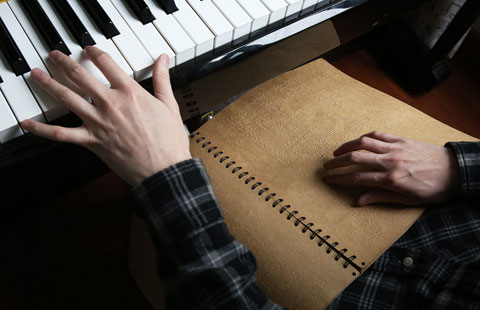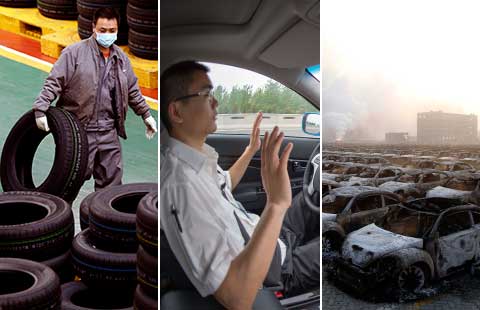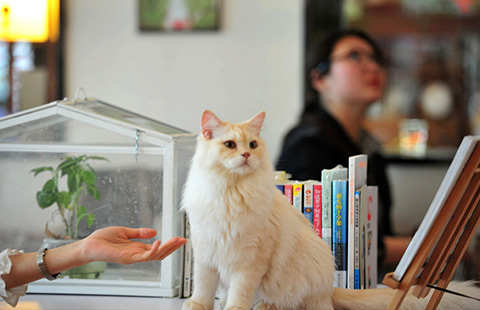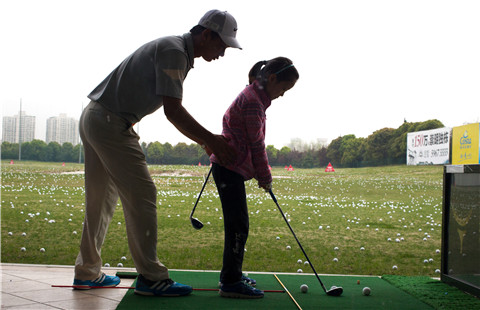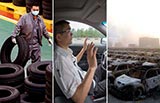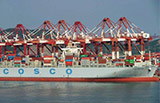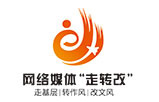Sock trade proves comfortable fit for Jilin
By ZHU WENQIAN/LIU MINGTAI (China Daily) Updated: 2016-05-12 08:59When opening a wedding bouquet candy box, couples can find two pairs of red socks folded into the shape of roses. Compared with wedding candy, giving socks as gifts to couples seems more memorable.
As one of the sock manufacturers at Jilin Northeastern Socks Textile Industrial Park, Sun Xiaotian started his business after graduating from a Japanese college in 2002. Innovative styles and unique vision have made his products popular in the market.
With 30 staff, Sun achieved sales revenue of 8 million yuan ($1.23 million) last year, and achieved a profit margin of around 20 to 30 percent. Now the company is discussing exporting its socks to Russia.
"My business showroom was stocked with more than 30 kinds of personalized sock products, including socks in the shapes of Christmas trees and birthday cakes. Making socks as beautiful as flowers has become my motto," Sun said.
In Jilin province, northeastern China, the sock industry has nearly 80 years of history with traditional techniques. In recent years, the local government has focused on brand building, e-commerce platform development and technological innovation, to promote the growth of a comprehensive sock and textile industry.
Last year, the industrial park, which was established in 2005, achieved an annual output value of 6.5 billion yuan ($1 billion) and the sock business generated 50,000 new jobs.
Most socks from the industrial park carry price tags ranging from 100 yuan to 200 yuan. Baotai Socks Ltd's Manager Tang Benwen showed a pair of socks made from nano-materials, with an export price of 110 yuan.
The current fixed assets of the industry park have reached more than 40 million yuan in total, and its socks have been exported to the United States, the United Kingdom, Italy, Japan and South Korea.
The park encourages e-commerce companies to cooperate with sockmakers, and help enable them to sell socks online. Sockmakers at the park have opened more than 1,000 online shops, offering about 20 varieties of new-material socks. The most expensive pair sells for 400 yuan.
Now the park ranks top in China for its output volume of cotton, and second in terms of the production volume of socks. In the past decade, its production capacity increased from 800 million to 6.5 billion yuan.
The park provides preferential policies to encourage more college students to work in projects at the park.
Contact the writers at zhuwenqian@chinadaily.com.cn and liumingtai@chinadaily.com.cn
- Hub bridges HK, next-door city for startups
- Bank of China increases bite in Big Apple
- E-bike manufacturer Yadea to raise $286m in Hong Kong
- Laser-sharp focus on tech transforms manufacturing hub
- Holiday Inn's new model aims to boost growth
- Second child? Malls already ramping up offerings for summer
- Alibaba steps up fight on counterfeit luxury goods
- Shadow looms on overseas-listed Chinese companies' return plans

